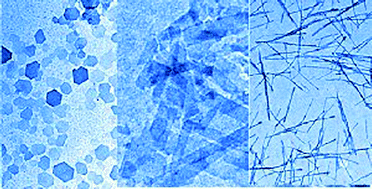We report the results of a comprehensive study of the rheological properties of a series of mixed colloid systems where the shape of one of the components has been varied systematically. Specifically we have measured the oscillatory, transient (creep) and continuous steady shear flow behaviour of a 2.5 wt% dispersion in water of a well-characterised hectorite clay modified by the addition of a series of aluminasol colloidal particles whose shape varies systematically from rod (boehmite) to platelet (gibbsite) to sphere (alumina-coated silica), all having essentially the same smallest dimension, which is similar to that of the hectorite. The particle characterisation and rheological properties of the pure components have recently been reported in Part I of this series (Soft Matter, 2007, 3, 1145). The mixtures show the same general behaviour as the pure systems, displaying a complex ‘yield space’ transition from an elastoviscous gel at low applied stresses to a viscous, weakly elastic, shear-thinning liquid at high stresses. The unifying theme of this work is that the addition of 0.25 wt% of the minor component in all cases results in dramatic enhancements to the dispersion rheological properties. At the same time the magnitude of this effect depends on the shape of the particles. Shear moduli, low stress viscosities and effective yield stresses all increase in the additive order rods < platelets < spheres, with enhancements for the latter being up to a factor of 500 and typically 20. At the same time the critical failure strains for the gels decreased in the same order – the strongest gels are also the most fragile in this sense. The physicochemical factors underlying this behaviour are discussed and a simple qualitative model described. While no complete explanation or model can be proposed at this stage, the study provides a quantitative model-system baseline for mixed colloidal dispersions already used for industrial applications (e.g. oilwell-drilling fluids) and suggests ways in which such fluids may be optimised and controlled.

You have access to this article
 Please wait while we load your content...
Something went wrong. Try again?
Please wait while we load your content...
Something went wrong. Try again?


 Please wait while we load your content...
Please wait while we load your content...